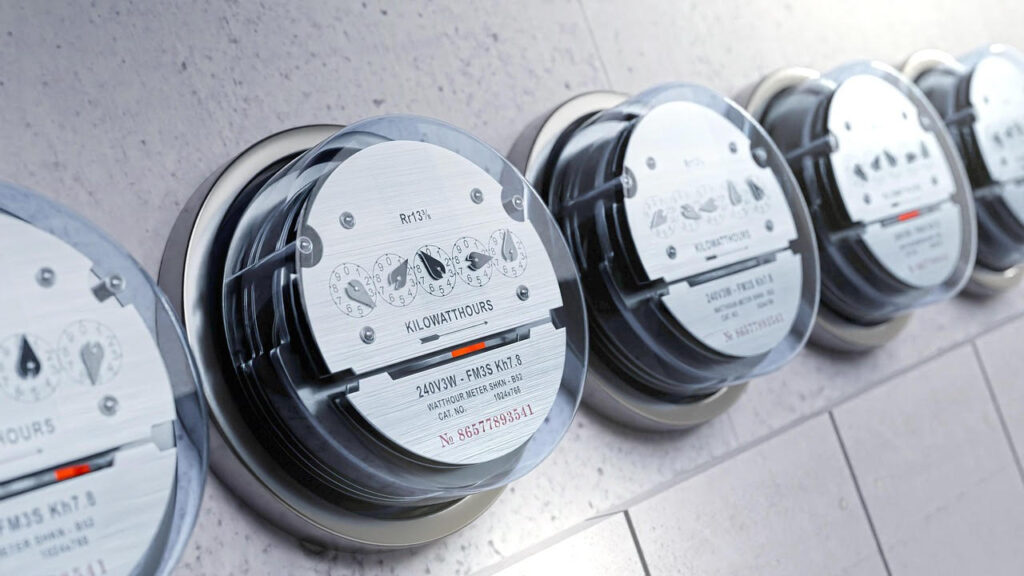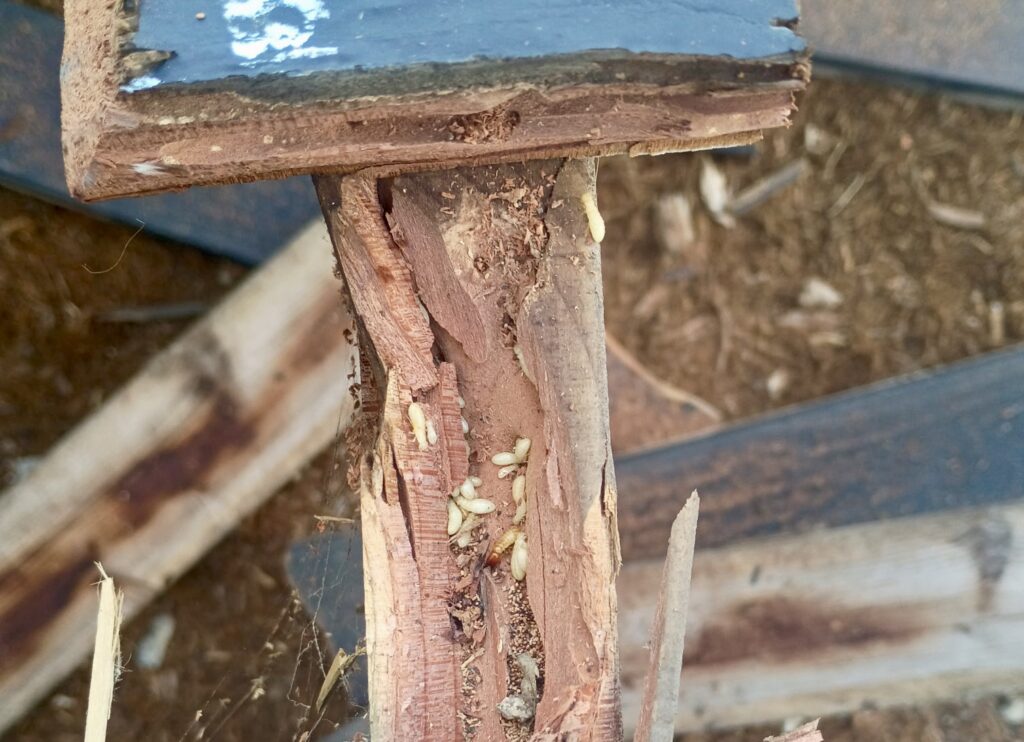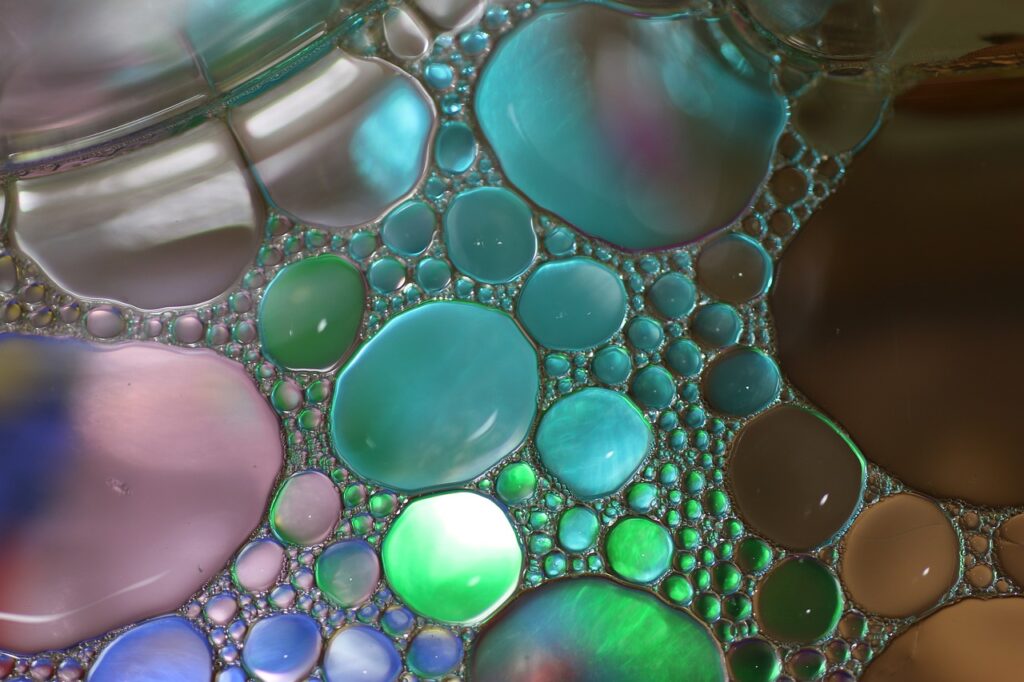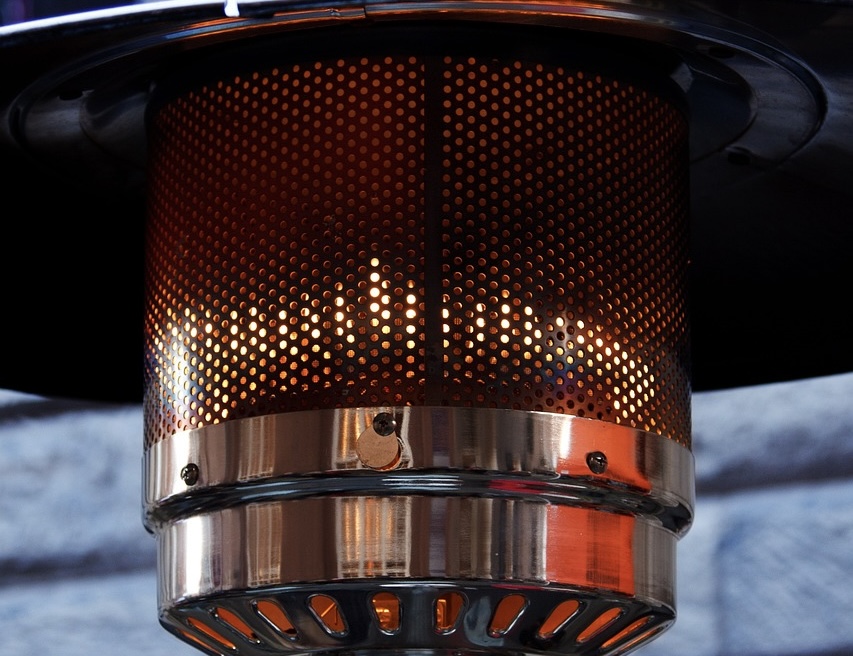Structural fumigation and ADU

When a home undergoes tenting for structural fumigation, safety is the top priority. Many homeowners may not realize that accessory dwelling units (ADUs) or converted garages attached to the main house often cannot be occupied during the fumigation process. This restriction is crucial because of shared building systems like electrical conduits and the risk of […]
How long can bedbug survive without food?

Bedbugs are notorious for their resilience and ability to survive in harsh conditions, which makes them one of the most challenging pests to control. One of the most remarkable aspects of bedbug biology is their capacity to survive without feeding for extended periods—sometimes up to 300 to 400 days. This extraordinary survival ability underscores the […]
The Hidden Cost of Drywood Termite Damage

When it comes to home maintenance, many homeowners focus on visible issues like leaky roofs or peeling paint. However, one of the most insidious threats to your property often goes unnoticed until significant damage has occurred: drywood termites. These pests can wreak havoc on patios, walls, and decks, leading to costly repairs and structural damage. […]
Chemical Cross-Contamination in Insecticides

In the world of pest management, the selection and application of insecticides are crucial to effectively controlling unwanted pests. While designating certain products as repellents and others as non-repellents may seem straightforward, the distinction between the two types of insecticides is important for ensuring effectiveness and avoiding cross-contamination. Mixing these chemicals can lead to significant […]
Vikane exposure to drywood termites

Vikane gas, also known as sulfuryl fluoride, is a widely used insecticide for controlling various wood-destroying pests, most notably drywood termites. This colorless, odorless gas penetrates wood and other materials, making it particularly effective for treating infestations that are hidden from view. Its efficacy and relative safety, when properly applied, have made it a popular […]
Why heat treatment sometimes fails

Drywood termites are notorious for their ability to wreak havoc on wooden structures, and homeowners often search for effective methods to eradicate them. One popular approach is heat treatment, which involves raising the temperature of the infested area to levels that can kill termites. However, this method is not infallible. Recent developments in California have […]
Fumigation failures

Structural fumigation is a powerful termite, bed bugs control method, but it’s not infallible. When conducted improperly, several factors can lead to fumigation failure, nullifying its effectiveness. Understanding these pitfalls is crucial for ensuring a successful treatment process. Here, we explore six common reasons why structural fumigation may fail. One of the primary reasons structural […]
